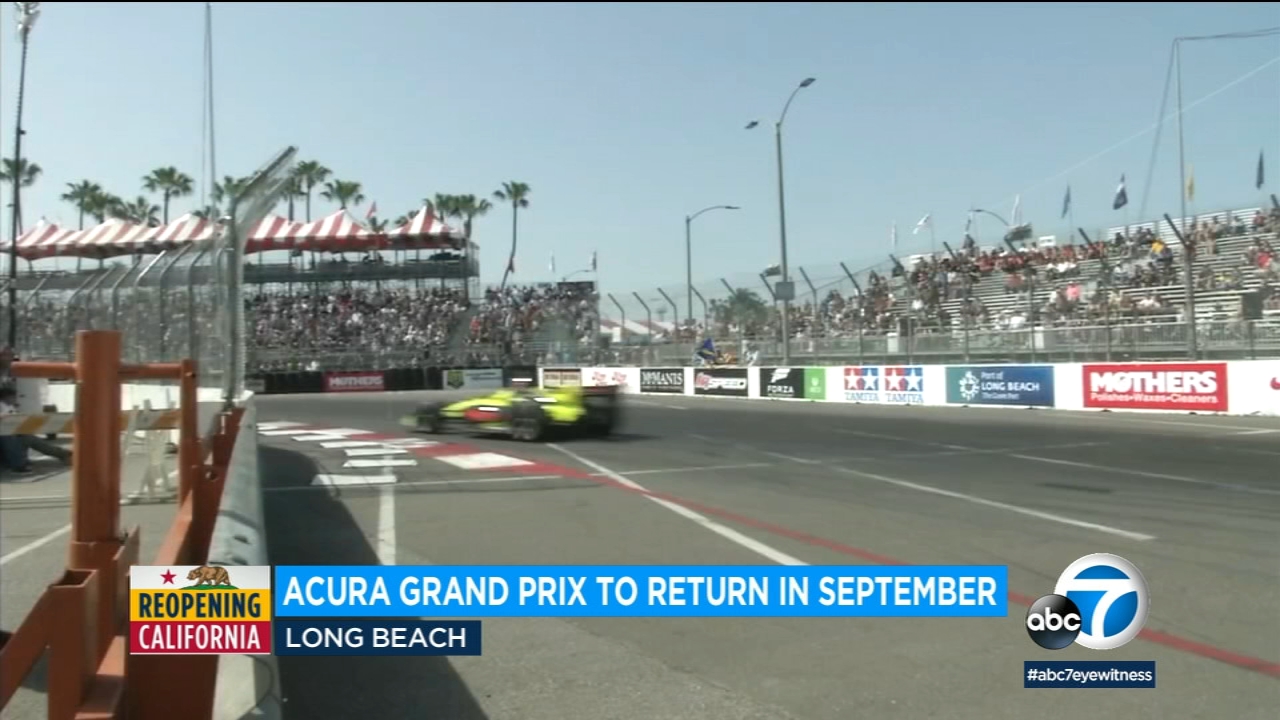California to remove all capacity limits, physical distancing requirements starting June 15

California is on track to fully reopen its economy on June 15 -- but what exactly will that look like? For the first time Friday, we heard details about exactly what restrictions are set to be lifted.
The first and biggest change is the removal of all capacity limits and physical distancing requirements, regardless of setting. That means bars, restaurants, concert venues, grocery stores and everything in between can open at full capacity -- if they so choose.
Proof of vaccination or a negative COVID-19 test won't be necessary to do practically anything. However, the state is planning to keep some recommendations -- and one requirement -- on "mega events" in place:
- At outdoor live events with more than 10,000 people, California will recommend venues have a verification of vaccination/negative test in place. Those who aren't vaccinated or who don't show a negative test result can still enter if they wear a mask. This is a recommendation from the state, not a requirement.
- Indoor venues with 5,000 or more people should implement a similar verification. However, at these indoor events, non-vaccinated people who don't show a negative COVID-19 test result shouldn't enter, the state says. This is a requirement, not a recommendation.
When it comes to masking, California is planning to fully align with CDC guidance come June 15.
All of California's restrictions on travel outside the state will be lifted. Any travel restrictions down the line will be in alignment with the CDC, Health and Human Services Secretary Dr. Mark Ghaly said on a call with reporters Friday.
California is also not considering creating a vaccine passport at this time, Ghaly said.
These restrictions are being lifted statewide. That means we'll be saying goodbye to what California officials call the "Blueprint for a Safer Economy." (Most people know it as the color-coded county tier system below.)
MAP: CA counties that can, can't reopen under new rules
For a better experience, click here to view the full map in a new window
"This does not mean that local public health authorities, local health jurisdictions cannot or will not put in more strict guidance based on their local conditions," Ghaly said. County health officials can always keep stricter measures in place if they determine it's necessary.
Businesses can also keep capacity limits or require proof of vaccination as they see fit.
"There will be some businesses that decide to, you know, require some level of verification of vaccination in order to really have all of their patrons feel comfortable," Ghaly said. "That isn't something that's going to be driven from the state necessarily, but that might be an operational decision, and we're trying to be ready to support individuals who want to do that thoughtfully and responsibly."
Gov. Gavin Newsom said he wanted to make these details public ahead of the June 15 deadline, not just so businesses can plan, but also "so people can really paint that future and see themselves in it, post-masks, and post any modification to this blueprint."
When the June 15 reopening date was first announced, the state made it clear they could move the goal post further back if COVID-19 cases started to climb again. That hasn't been the case; California has had a positivity rate under 1% for several days in a row.
"We are still well on our way to hit that June 15 number," Newsom said.
Ghaly was asked about what might trigger the state to potentially lock back down. He said the state would be keeping a close eye on case numbers and COVID-19 variants, but didn't get into what a worst case scenario might look like.
"The big message today is we're at a place with this pandemic where those requirements of the past are no longer needed for the foreseeable future, and we will be watching closely to determine if and when we need other public health protections to come back into play," he said.
Editor's note: This story has been corrected to indicate the state's policy on large indoor gatherings is a requirement, not a recommendation.








